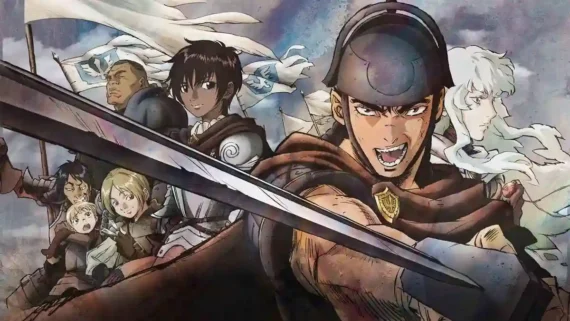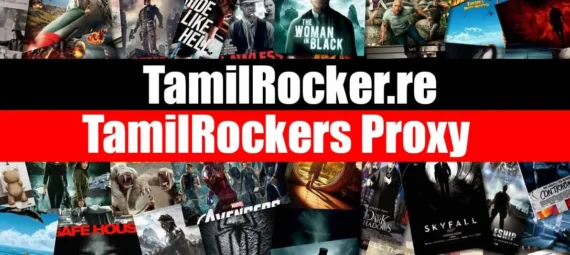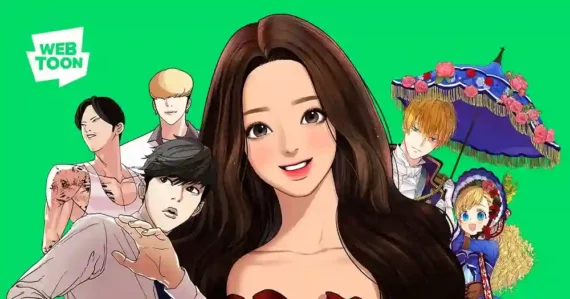Kemono isn’t just another convention—it’s a pulsating celebration of art, creativity, and fandom. Imagine stepping into a world where passion and self-expression collide in the most colorful and unexpected ways. That’s exactly what you’ll find at Kemono. It’s where the fan community’s love for anthropomorphic characters, cosplay, and all things creative come together in an experience like no other.
For anyone who’s ever dabbled in fandoms—whether it’s anime, manga, or furry culture—Kemono feels like finding your people. And if you haven’t? Don’t worry. You’ll still find yourself swept up in the energy and magic of the event. People are drawn here for one reason: to share their love for the wild, the imaginative, and the fiercely creative world of kemono art. But let me tell you, this event is more than just a fan meet-up. It’s an explosion of passion, creativity, and a sense of belonging that’s tough to replicate elsewhere.
What is Kemono?
So, you’ve probably wondered: what’s this Kemono thing all about? “Kemono” comes from the Japanese word for “beast” or “animal.” In the world of anime and art, it typically refers to anthropomorphic characters—those funky, human-like animals that walk, talk, and wear clothes like us. These creatures are a mashup of the wild and the civilized, creating characters that are often both fierce and charming at once.
Kemono is a gathering where fans of these characters—whether you’re into drawing them, dressing like them, or simply admiring them—come together to celebrate. It’s not just a place for people to talk about their favorite characters; it’s a space for creators to show off their art, meet fellow fans, and let their imaginations run wild.
You might find yourself immersed in a room filled with fantastical costumes, people exchanging sketches, or attending a panel about the history of kemono characters. It’s a place where fan art isn’t just appreciated—it’s the heartbeat of the whole event. And let me tell you, it’s something special.
A Meeting Place for Artists
Ah, artists. The unsung heroes of any fandom. If you’re an artist, whether you draw on an iPad, paint on canvas, or sculpt your favorite character out of clay, Kemono is where you can finally stop hiding in the shadows and step into the spotlight.
I’m no artist (trust me, my stick figures can barely hold up a conversation), but I’ve watched creators at this event absolutely shine. Booths are lined with everything from digital art to hand-carved figures. I’m talking about the kind of work that makes you do a double take and think, “How the heck did they pull that off?”
At the same time, it’s not about intimidating talent. There’s no need to be Picasso to join in on the fun. I’ve met people who were just starting out—self-taught artists trying their hand at anthropomorphic art for the first time. And they were welcomed with open arms. Kemono isn’t about gatekeeping; it’s about community and creative exploration.
And if you’re lucky (or brave enough), you might get to see artists sketching in real-time. It’s like magic. I once watched an artist do a live drawing of a fox character while we talked about our favorite characters. I learned more about shading in 20 minutes than I ever did in art class. Shout-out to Jake, if you’re reading this—you changed my view on line work forever.
Cosplay: Where Imagination Comes to Life
Now, let’s talk about cosplay. If you’ve never seen a group of people dressed as anthropomorphic animals (wait, what?!) in real life, it’s an experience. Cosplay at Kemono is next-level.
I remember my first time at the event, walking past a giant lion man with a tail that swished more dramatically than any Disney character I’d ever seen. I thought, “Is this a theme park or a cosplay contest?” Turns out, it was both. Cosplay at Kemono isn’t just about the costume; it’s about embodying the character, from the tail wiggle to the fierce growls that some cosplayers definitely practiced in the mirror.
Costumes here aren’t just off-the-rack ones you find on Amazon (though, hey, no shame if that’s your vibe). Nope, these are custom-made, hand-crafted with such detail that you might start questioning your own wardrobe choices. Some cosplayers have spent months perfecting every inch of their creations. It’s a process I can’t fully understand because, let’s be real—I’d probably burn myself with the hot glue gun at least twice.
I’ve seen people spend hours perfecting fur textures, customizing masks, or even adding motion sensors to their costumes. And yes, I definitely learned that “the bigger the tail, the more complicated the costume.” (But hey, bigger tail = more fun, right?)
Workshops and Panel Discussions
Beyond the cosplay and the art, Kemono is also a goldmine for learning. For someone like me, who’s always been bad at remembering how to mix the right colors for fur (blue and green? Or maybe purple?), the workshops are a godsend.
These aren’t your average, sleepy panels either. These workshops are interactive, dynamic, and filled with the kind of enthusiasm you only get when people are truly passionate about what they’re teaching. Want to learn how to paint fur in a way that doesn’t look like you’re finger-painting with a toddler? There’s a class for that. Want to understand how anthropomorphic art has evolved over the decades and how it’s impacted modern media? Yeah, that’s covered too.
My personal favorite was the “How to Create an Anthro Character from Scratch” workshop. A creative whirlwind, that session. Honestly, by the end of it, I was like, “I could totally create my own fursona”—and then promptly got overwhelmed by the number of decisions involved. Fur color? Tail length? Wait, is it still cool to have a jetpack? Anyway, these workshops are your chance to geek out, learn, and pick up new skills that might help you level up your next project.
A Safe Space for Self-Expression
Here’s the kicker—Kemono isn’t just about art and fandom. It’s also a place where people can truly be themselves. I’m talking about really being yourself. You don’t have to fit into some mold. You can wear whatever funky, fuzzy, or fabulous thing makes you feel like a million bucks.
That’s why it’s no surprise that Kemono has become a place for people to explore different aspects of their identity. There’s no judgment here. The vibe is 100% “you do you.” I remember meeting someone who shared they felt more at home here than anywhere else, and it wasn’t because of the art. It was because they could be authentically themselves.
Honestly, I never expected to hear people talk openly about mental health and creativity in the same breath—but that’s what you get at Kemono. It’s a space that fosters confidence, acceptance, and a sense of belonging. I’d even say it’s therapeutic (you don’t need to be on a yoga mat to experience a form of zen).
Celebrating Diversity and Inclusion
One thing I love most about Kemono is how diverse and inclusive it is. People from all walks of life—different backgrounds, identities, and experiences—come together under one banner: creativity.
It’s honestly heartwarming to see folks from across the globe come together in celebration of the same thing: art. It’s one of those things you can’t quite explain unless you’ve experienced it for yourself. Whether you’re from a small town in Ohio or Tokyo, the shared passion for kemono culture binds everyone. People exchange stories, learn from each other, and build friendships that last well beyond the event itself.
This inclusive energy makes the whole experience feel less like a convention and more like a movement. You get the sense that this is a place where you can truly be yourself and find a community that gets you.
Why You Should Attend Kemono
So why should you go to Kemono? Look, if you’re even remotely interested in anthro art or the furry subculture, this is the event to attend. But even if you’re just curious or want to meet new people, Kemono has something for you.
It’s not just about the art. It’s about the energy, the people, and the freedom to express yourself without fear. The connections you make here are the kind that last a lifetime—and let me tell you, some of the most interesting conversations I’ve ever had started with “So, what animal would you be if you could pick?”




